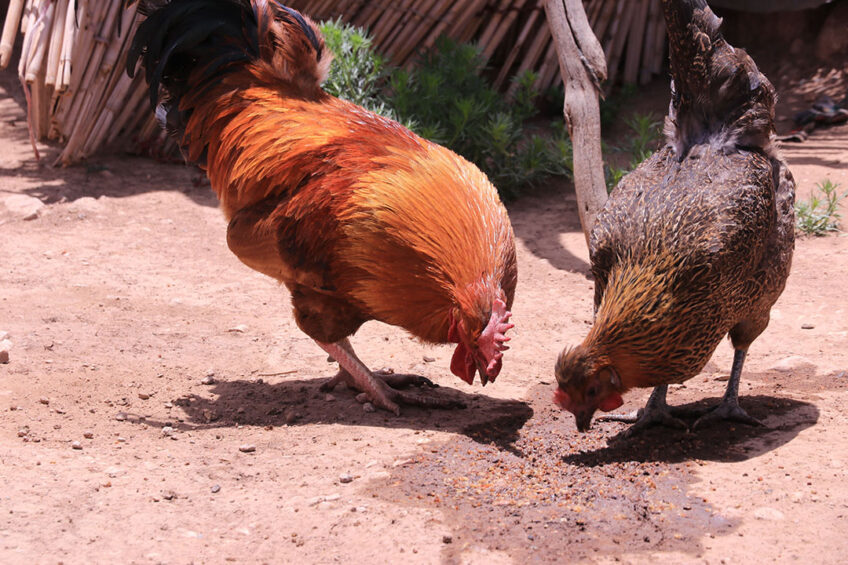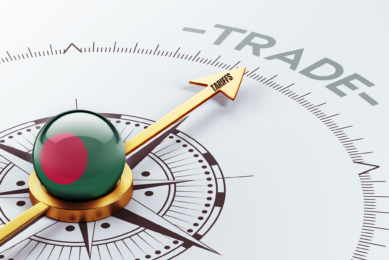Iran mulls plans of becoming a regional feed production hub

The Iranian Ministry of Agricultural Jihad have offered livestock companies the opportunity of importing feedstuff using free foreign exchange currency to manufacture animal feed for customers in the Middle East and Asia. This scheme has been illegal in the country for the past several years.
Iranian neighbours import roughly 5 million tonnes of ready-made feed per year, Majid Jafari, head of the Iranian union of poultry and fish feed factories, said.
The Iranian government has recently revised the foreign currency exchange rate, under which farmers and feed mills are purchasing feedstuff, and withdrew the feed export ban. These steps are due to lay the ground for feed mills to begin the first feed exports in years.
Biting sanctions
Western sanctions imposed in 2018 and expanded in 2019 hit the country’s economy hard and caused the exchange rate of the Iranian currency to plummet. The Iranian government, in response, introduced strict control over imports and exports. A weak Iranian currency prompted feed mills to ramp up foreign sales, so the Iranian government had to impose a complete ban on feed exports in order to secure supplies to the domestic market.
Trade restrictions have brought into existence various smuggling schemes through which some agricultural products, including feed, reportedly kept flowing to foreign customers. However, the scale of the illegal trade remained unknown.
Competitive advantages
Iran has several competitive advantages to establish feed exports to neighbouring countries, such as cheap labour force and energy, Jafari said.
Iranian feed mills are expected to benefit from export. The country’s production capacity of poultry and fish feed is estimated to be close to 25 million tonnes per year. However, the capacity utilisation ratio in the industry is rather low, ranging between 50% and 60%. The Iranian feed industry is in turmoil due to the pollical unrest in the country and a 20% to 30% slump in domestic demand for poultry in the past few months.
The liberalisation of the foreign trade policy should encourage Iranian feed manufacturers to boost production, Jafari added.
Feed export to the EU is on the agenda
Currently, exports to some European countries are under consideration, the press office of the export development department of the Ministry of Agricultural Jihad told the local press.
Poultry and fish feed manufacturers are expected to become the leading feed exporters “thanks to their use of new technologies and high quality of their products,” the press office added.











